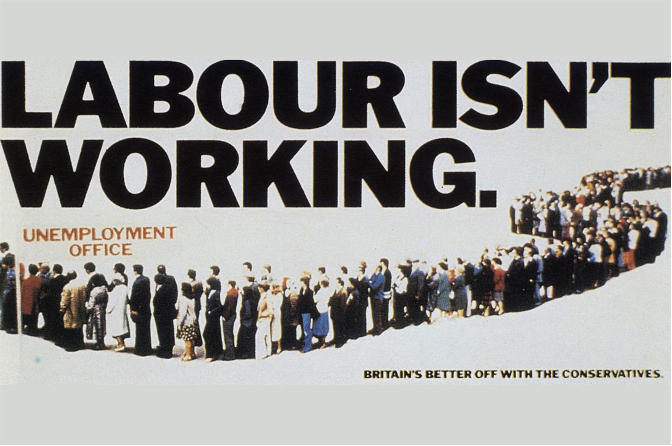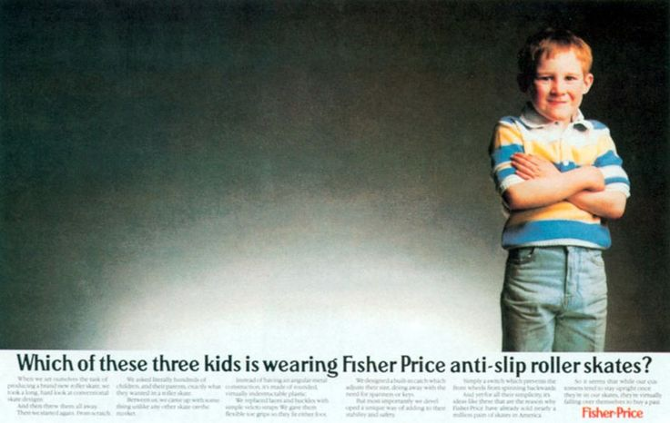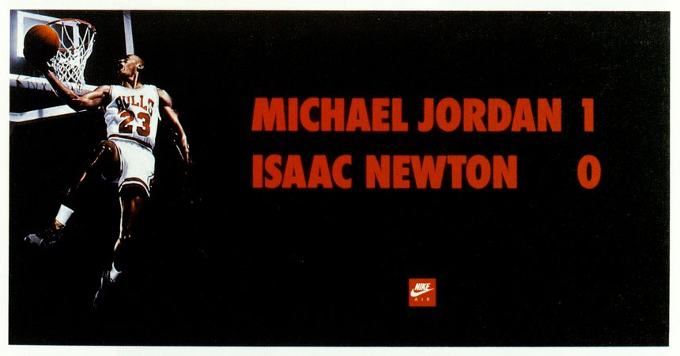Why generative AI has a place in advertising but won’t replace us.
Topic
Artificial Intelligence in Advertising4 mins read

In the world of advertising, creativity is the currency that drives impactful campaigns and therefore memorable brands. The emergence of generative AI tools such as ChatGPT is – whether you agree with it or not – transforming how the industry approaches creativity. But while AI’s capabilities offer substantial benefits, they also come with inherent limitations. Understanding (and importantly, appreciating) AI’s pros and cons will be crucial in helping advertising professionals to harness its power while recognising where human ingenuity remains indispensable.
The role of AI as a research tool.
Generative AI’s primary strength lies in its ability to process and generate vast amounts of text, making it an invaluable tool for research and insight gathering. By analysing large datasets, AI can identify trends, consumer sentiments and emerging cultural themes. This data-driven insight allows creatives to ground their ideas in real-world relevance, enhancing the likelihood of resonating with audiences.
From our experience of using generative AI here at Holdens, tools such as ChatGPT have become invaluable for tasks that previously required lots of heavy lifting. Things like sifting through workshop notes or reading lengthy market research reports to pull out key insights now take minutes rather than hours. It’s also great for uncovering insights from historical campaigns, consumer feedback and competitor analysis.
This extensive research capability enables advertisers to build on past successes and avoid previous pitfalls, fostering a more strategic approach to creative thinking.
Enhancing creative collaboration.
One of the most promising applications of generative AI in advertising is its potential to facilitate collaboration. AI can serve as an ever-available brainstorming partner, offering suggestions, prompting new lines of thought or even just facilitating a process of elimination (or as we like to call it, getting rid of all the bad ideas). This interactive dialogue can spark fresh ideas that may not emerge in isolation, especially as creatives increasingly embrace flexible and remote working..
Moreover, AI can help simulate how different creative approaches might be received by diverse audiences. By predicting potential reactions based on historical data, AI provides a preliminary testing ground for ideas, allowing creatives to refine their concepts before investing heavily in production. Of course, testing ads with AI alone is never enough – we always recommend testing ads with real people in the form of focus groups.
Limitations of AI in creative thinking.
Despite these advantages, generative AI has intrinsic limitations, particularly when it comes to the kind of unconventional, out-of-the-box thinking that often drives the most memorable and successful ads. As we know, creativity in advertising frequently involves making illogical leaps, thinking in ways that are counterintuitive or breaking established patterns to create something that hasn’t been done before. These qualities are challenging for AI, which inherently relies on logical patterns and existing data.
In its present form, AI’s inability to think irrationally means it can struggle to generate truly novel ideas that deviate from the norm. The most iconic ads in history, as you’ll see below, often come from a place of human emotion, spontaneity and serendipity – qualities that AI cannot replicate, or at least not currently. AI-generated content can sometimes feel formulaic or predictable, lacking the nuance and subtlety of human creativity.
One of the hardest limitations for AI to overcome will be the lack of lived experience and emotional depth that human creatives bring to their work. Great advertising connects on an emotional level, tapping into deep-seated feelings and cultural nuances that are beyond the reach of data-driven algorithms at the moment.
Below are some of our favourite ads that really demonstrate unconventional, counterintuitive or out-of-the-box thinking – ads that AI would currently struggle to create. As you look at each ad, imagine trying to reverse engineer the thought process that went into creating it and what prompts you’d need to put into ChatGPT to generate anything half as good.
The future of AI and human creativity in advertising.
As AI technology continues to evolve, its role in the creative process is likely to grow. Future advancements might include more sophisticated models capable of mimicking human-like leaps of logic or integrating more complex emotional understanding. However, the most effective use of AI will likely remain as a complement to, rather than a replacement for, human creativity. So if you’re a creative reading this, you can breathe a sigh of relief (for now!)
In the advertising industry, the synergy between AI and human ingenuity holds the potential to elevate creative thinking to new heights. By leveraging AI’s strengths in research, data analysis and preliminary idea generation, and combining these with the human capacity for emotional depth and irrational or unconventional creativity, brands may be able to produce campaigns that are even more innovative and deeply resonant than ever before. The key will be to strike a balance that maximises the strengths of both AI and human creativity, ensuring that the heart of advertising remains vibrant and impactful.













